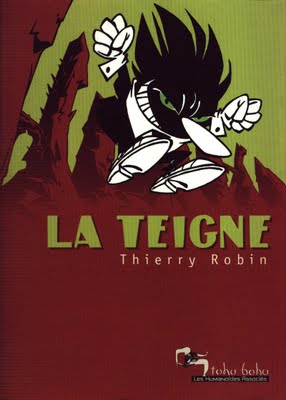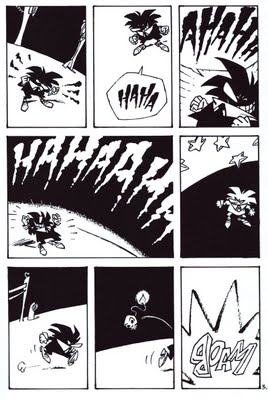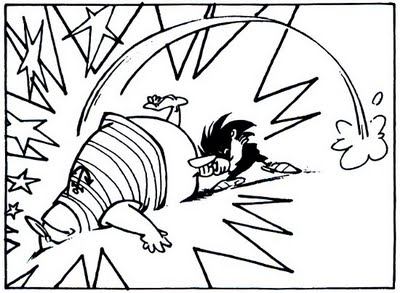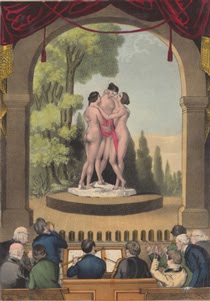Dissertations on Comic Book[s]
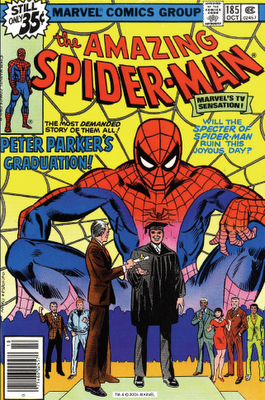
It's no secret that comics are featured in more and more college and university courses every year. That's due in no small part to the increasing number of people who have been focusing on comics in their Ph.D. dissertations.
Here at ComicsResearch.org we try to keep up with this trend with our Comics-Related Dissertations & Theses pages, where we collect information on PhD dissertations as well as Masters and Undergraduate theses concerning comic art. You might be surprised at the number of entries listed and the broad range of topics and approaches covered. Also, you can see that while interest has exploded in the past two decades, there was dissertation-level work on comics being done more than fifty years ago. (If you've done or know of work we should include here, please let us know.)
Why do we bring this up? Well, during one of our periodic Internet searches for new dissertations to add, we ran across a website called PhD-Dissertations.com ("One-of-a-kind and never resold!") which offers "assistance" on all sorts of topics, including comics. Please, students, please please please don't consider using places like this. (Well, we know you wouldn't, of course, but tell your friends, ok?) Your advisors can usually suss out this type of "research," especially once you're in graduate school. Besides, could you really trust a service which clearly cares so little about their product that they can't even be bothered to proofread their own cut-n-paste promotional copy? Exempli gratia:
Do you need help with a dissertation, research proposal, or thesis involving Comic Book? [...] If you need assistance with your dissertation or thesis on Comic Book, our contracted research specialists can begin helping immediately! You will be the ONLY person to ever receive our one-of-a-kind, unique document on Comic Book, which we will write specifically and solely for YOU!What a deal! They'll write about Comic Book just for you! Remember, by not supplying the "s," they're saving you money every time you want to write about Comic Book[s].
Sigh.
Here endeth the lesson.
Image: Boy, I sure am glad that they stopped using the mini-gown by the time of my PhD. graduation. It leaves so little to the imagination! Copyright © 1978, 2006, 2009 Marvel Entertainment.
Labels: academic, dissertations, theses

